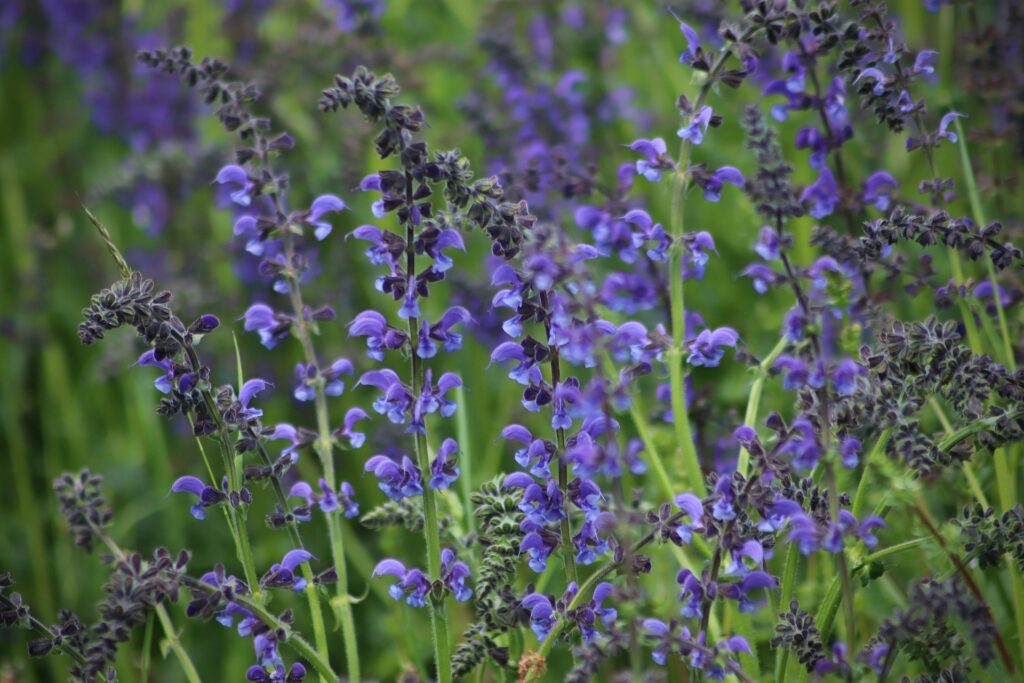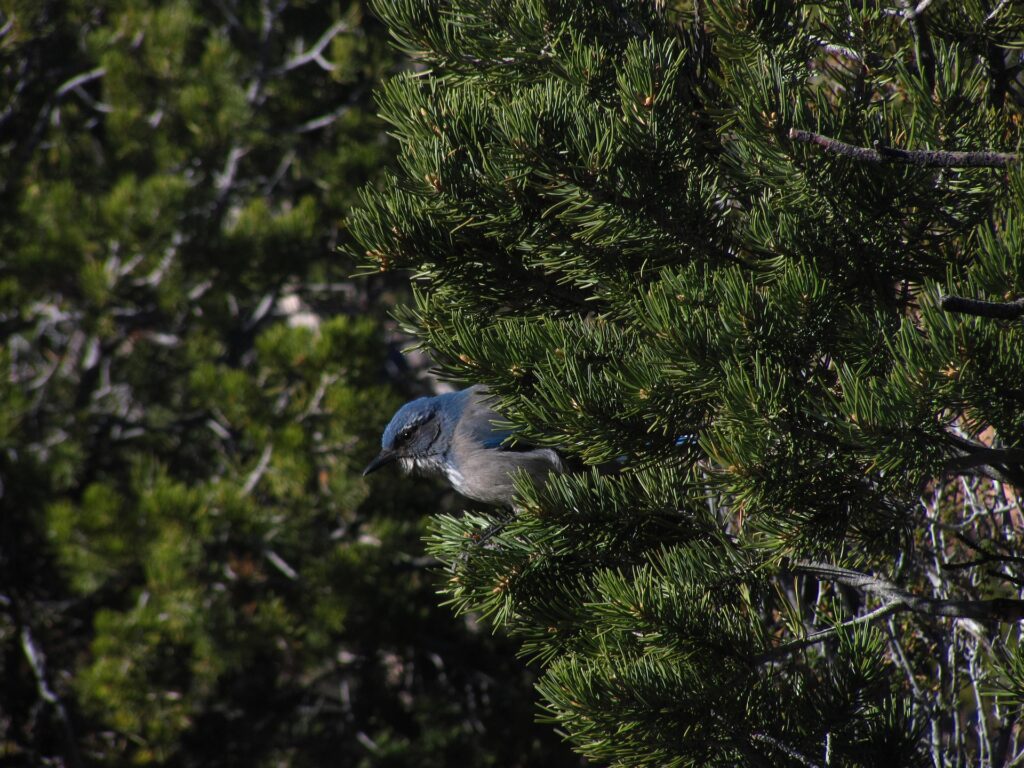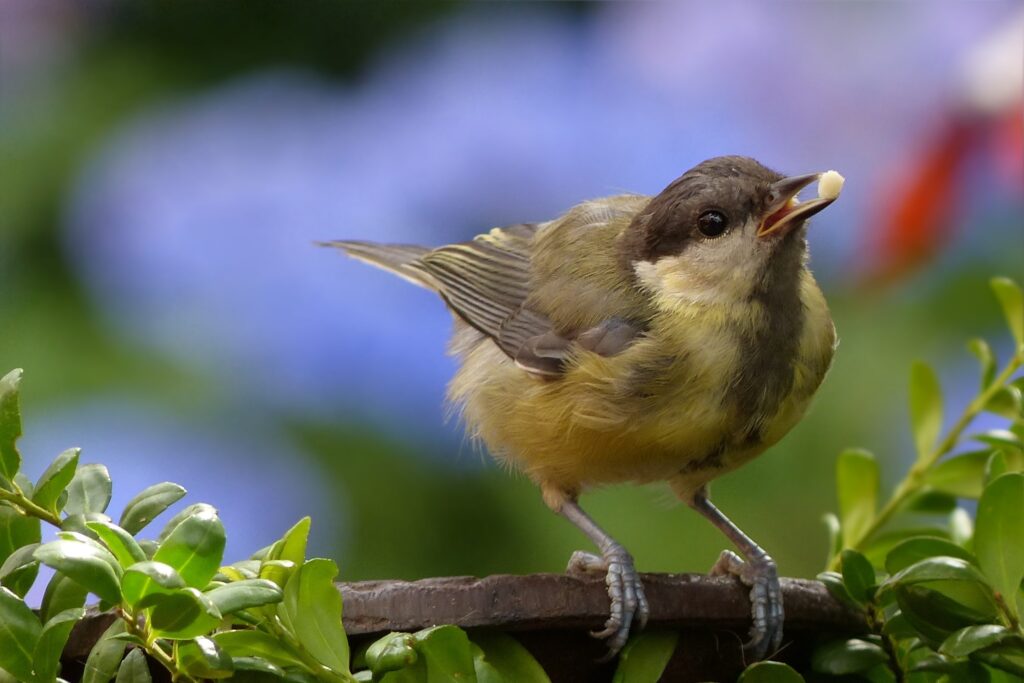With spring underway and summer just around the corner, many are ready to get their hands dirty with some fun gardening and landscaping projects. But before you get your soil and mulch out, you might want to consider planting native plants—especially if you live in the Big Bear Valley. Before you plant, ask yourself:
- Are these plants native?
- Will these plants benefit the local wildlife, like the birds and bees?
- Will these plants save on money, water, and maintenance?
- Will these plants help prevent the spread of fire?
It’s a lot to consider, but the good news is that there are many reasons why you should—and many plants that answer “yes” to all these questions! Let’s dive in.
Planting Native: Why So Important?

There are many reasons to “go native” with your plants. For one, it’s easier on you. Native plants typically take less fertilizer and are easier to maintain, as they are living in their natural habitat. They also require less water on average, and significantly reduce runoff and flooding. In addition, they’re better for the environment, as they help you use less pesticides, reducing the chemical runoff that contaminates rivers and lakes. Native plants also provide habitats and food sources for birds, bees, butterflies, and local wildlife. They are especially important for pollinators, as native plants provide habitats where they can thrive—which is a vital step in supporting their declining populations (and protecting our ecosystems).
Attract Birds with Bird-Friendly Plants

Big Bear is home to 250 species of wild birds, including many endangered and threatened species like bald eagles, California spotted owls, and southwestern willow flycatchers. In addition, the National Audubon Society’s climate report Survival by Degrees: 389 Species on the Brink revealed that two-thirds of North American birds are at risk of extinction due to rising temperatures. What can help? Growing native, bird-friendly plants that lower carbon production, conserve water, and provide more food and shelter sources to support the bird population.
Aside from the environmental reasons, planting bird-friendly plants is also beneficial for you. These plants attract more birds—and a larger variety—to your yard for your viewing pleasure! They also act as natural pest control, as insect-eating birds will reduce common yard pests like mosquitos, white flies, aphids, and slugs.
Save on Water and Maintenance: Go Drought-Tolerant

As any Californian knows, we live in a state of perpetual drought. And in mountain areas like Big Bear, our water supply is further limited, since it either comes from local streams, lakes, and wells, or is imported from other regions. For this reason, it’s especially important that, as Big Bear residents, we do our best to conserve water.
Planting drought-tolerant plants requires less water, less money, and less maintenance. Plus, these plants thrive in blistering summer temperatures and still look beautiful. And before you visualize a garden full of cacti and succulents, remember that there are a variety of colorful, attractive water-wise plants to choose from for your drought-tolerant landscape.
Prevent the Spread of Wildfire with Firewise Landscaping

Last year, we saw the havoc wreaked by the nearby El Dorado fire, which burned more than 22,700 acres of the San Bernardino National Forest. And unfortunately, wildfires can occur at any time in California because of its arid landscape. However, fires are more likely to occur in the drier spring and summer months, which is why the Big Bear Fire Department suggests growing fire-resistant plants with lower pyrophytic properties (meaning they don’t ignite as easily or burn as intensely as other plants). Creating a “defensible space” around your house and surrounding trees, shrubs, and other plants will also act to slow and stop the spread of wildfire.
List of Plants
The following list of plants, trees, and shrubs meet all the criteria of being native to the Big Bear Valley, bird-friendly, drought-tolerant, and fire resistant:
Perennial/annual herbs
- Bastardsage
- Beaked penstemon
- Bluewitch nightshade
- Bush monkey flower
- California aster
- California poppy
- Common yarrow
- Eaton firecracker
- Kotolo milkweed
- Lanceleaf liveforever
- Longstem buckwheat
- Narrow leaf milkweed
- Prince’s plume
- Purple nightshade
- Royal penstemon
- Scarlet bugler
- Slender woolly buckwheat
- Southern monardella
- Sulphur buckwheat
- Western columbine
- Willowy monardella
- Wright’s buckwheat
Low-growing plants
- California fuchsia
- California poppy
Shrubs
- Big sagebrush
- Black elderberry
- Blue elderberry
- Blue sage
- Buck brush
- California buckwheat
- California wildrose
- Chamise
- Chaparral honeysuckle
- Chaparral mallow
- Chaparral whitethorn
- Chokecherry
- Cream bush
- Curl leaf mountain mahogany
- Deerbrush
- Eastwood manzanita
- Fourwing saltbush
- Grape soda lupine
- Green leaf manzanita
- Hoaryleaf ceanothus
- Interior California buckwheat
- Mountain mahogany
- Mountain sagebrush
- Mountain whitethorn
- Parry manzanita
- Pointleaf manzanita
- Purple nightshade
- Scouler’s willow
- Sierra currant
- Spiny redberry
- Squaw currant
- Toyon
- Western serviceberry
- Woollyleaf ceanothus
Trees
- Black oak
- California juniper
- Chokecherry
- Hollyleaf cherry
- Interior live oak
- Jeffrey pine
- Knobcone pine
- Pinyon pine
- Ponderosa pine
- Quaking aspen
- Scouler’s willow
- Scrub oak
- White alder
- White fir
Want More Wild Bird Resources?

Check out the Chirp blog, which offers tips on everything from how you can help the declining bird population to how to attract more birds to your yard with their favorite foods. And keep an eye on our Activities page for the next bird walk or bird talk—offered both live and virtually! There’s always something new to learn at Chirp!



One comment
Thank you for such important information! Having just moved here a year ago, I particularly appreciate your advice!
Looking forward to your great walks and talks!